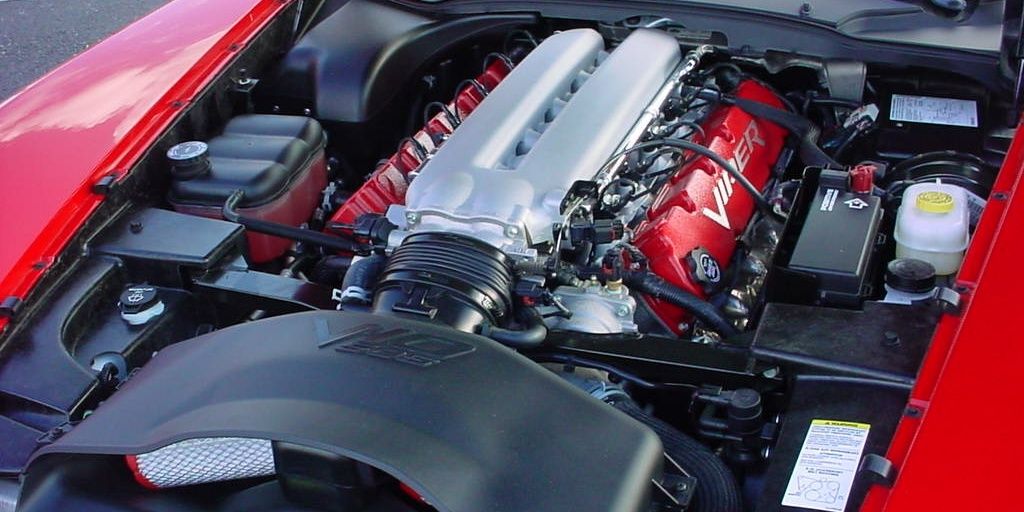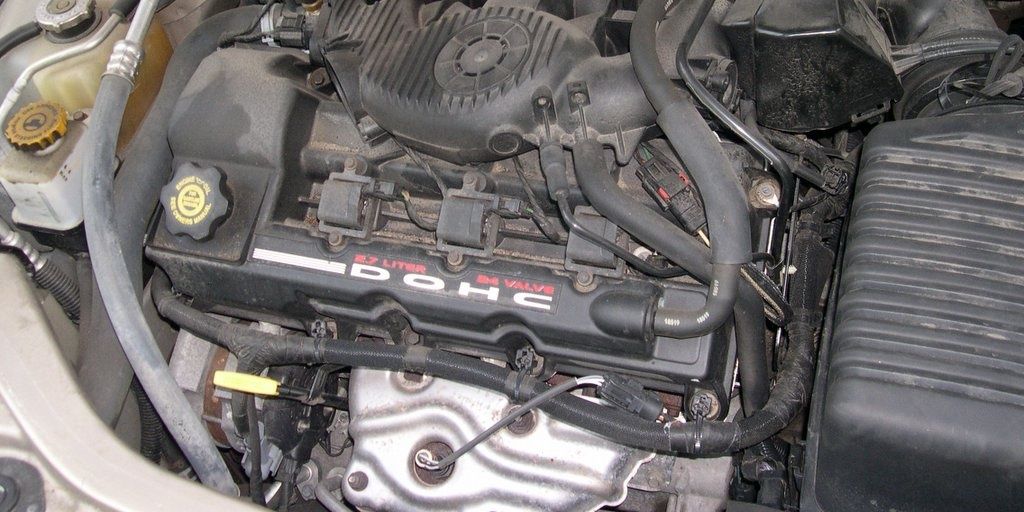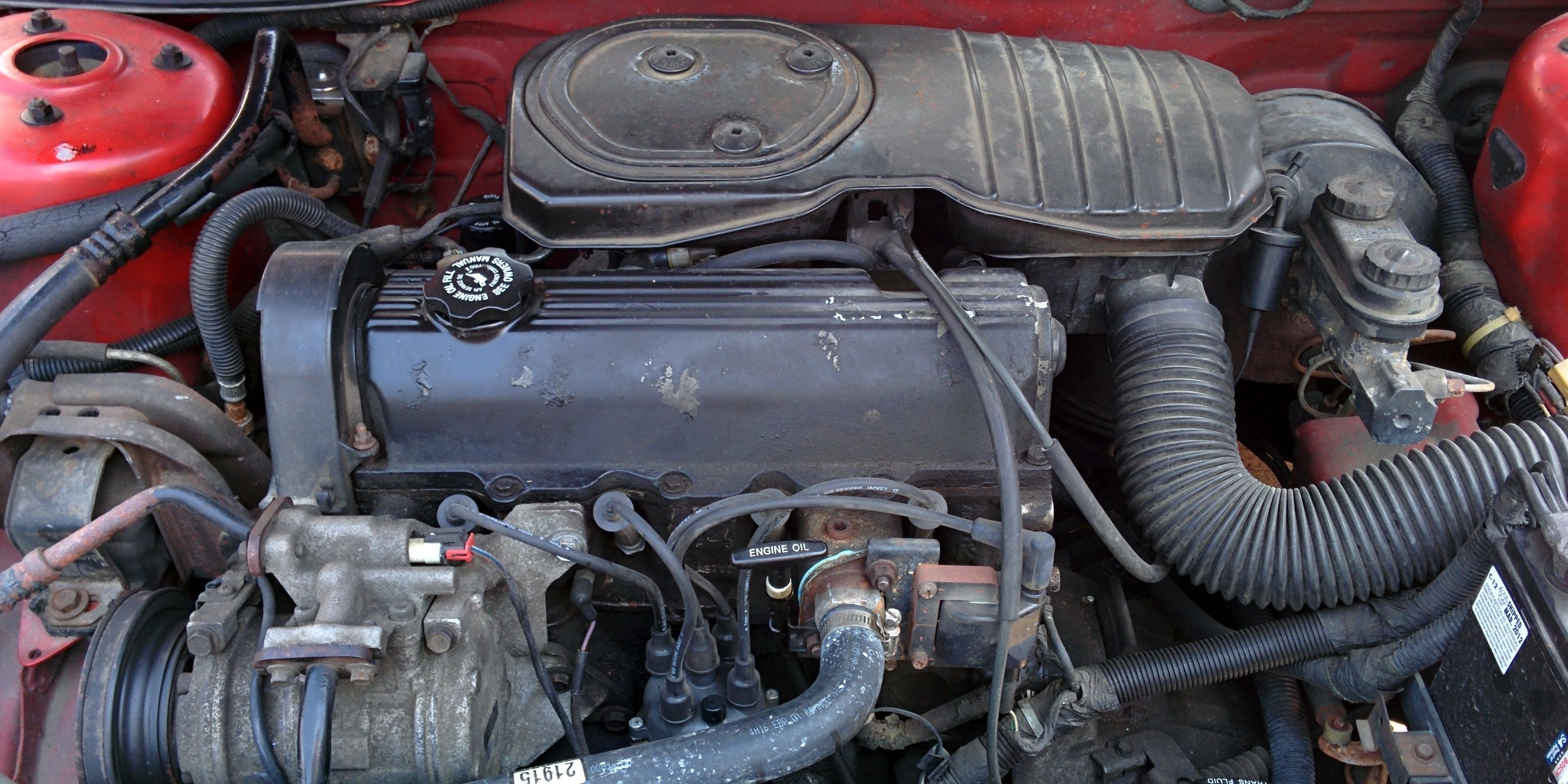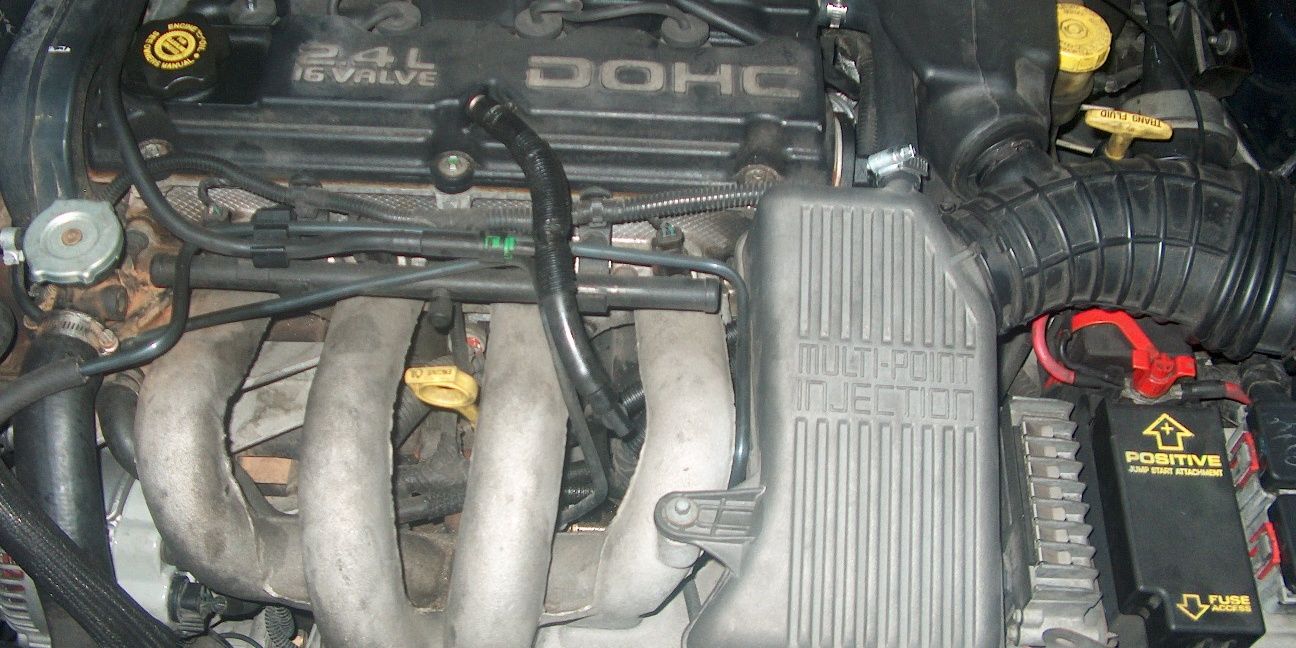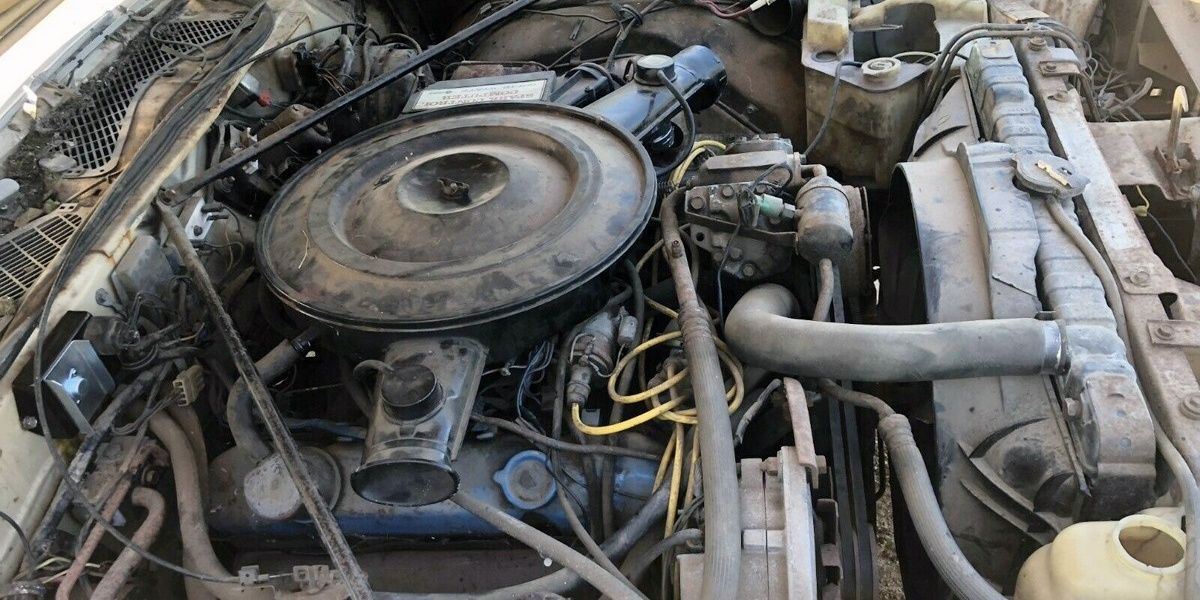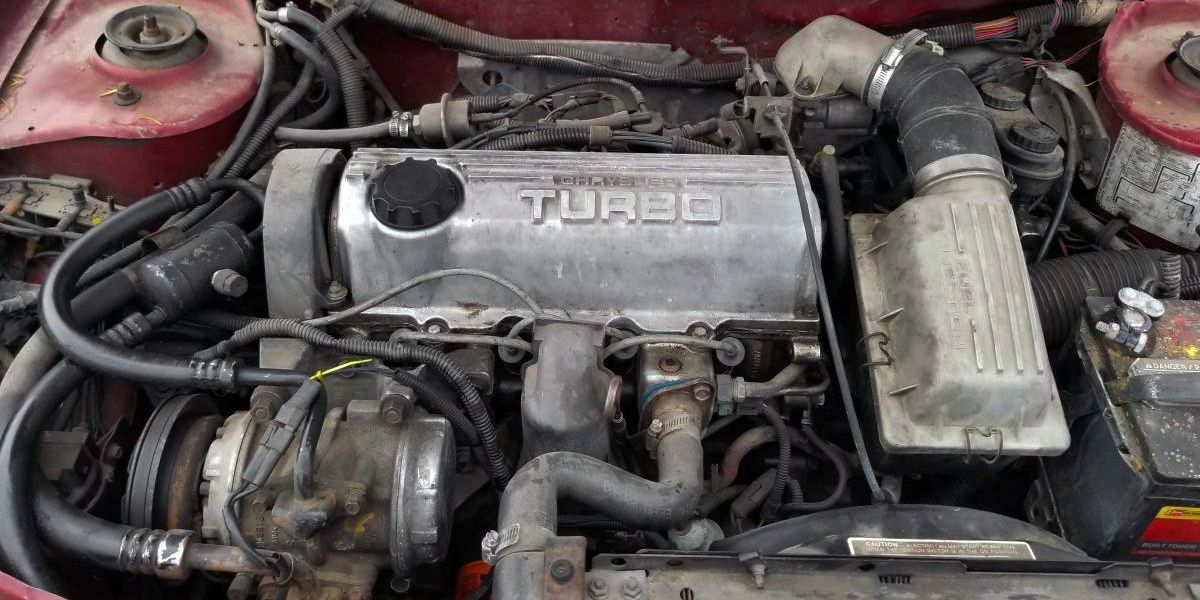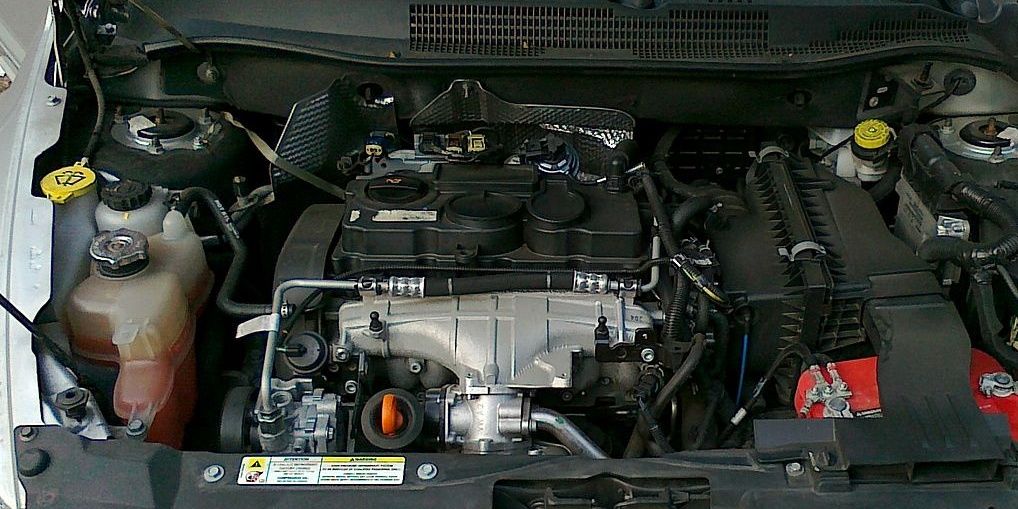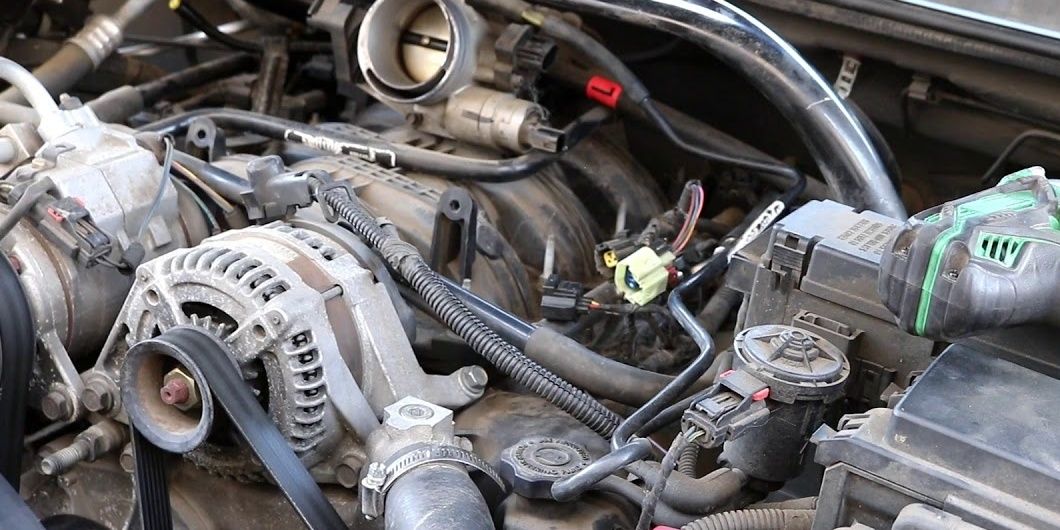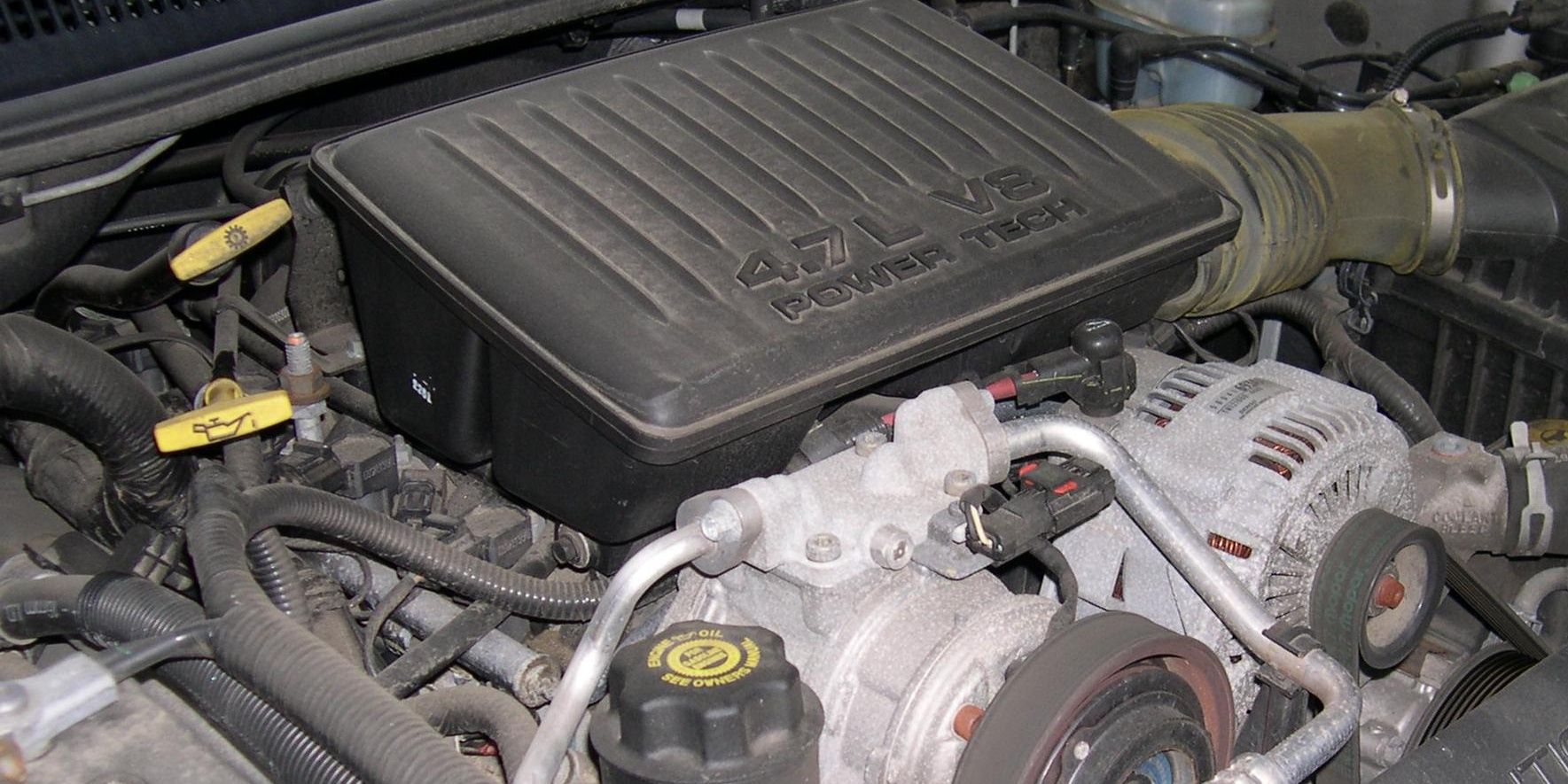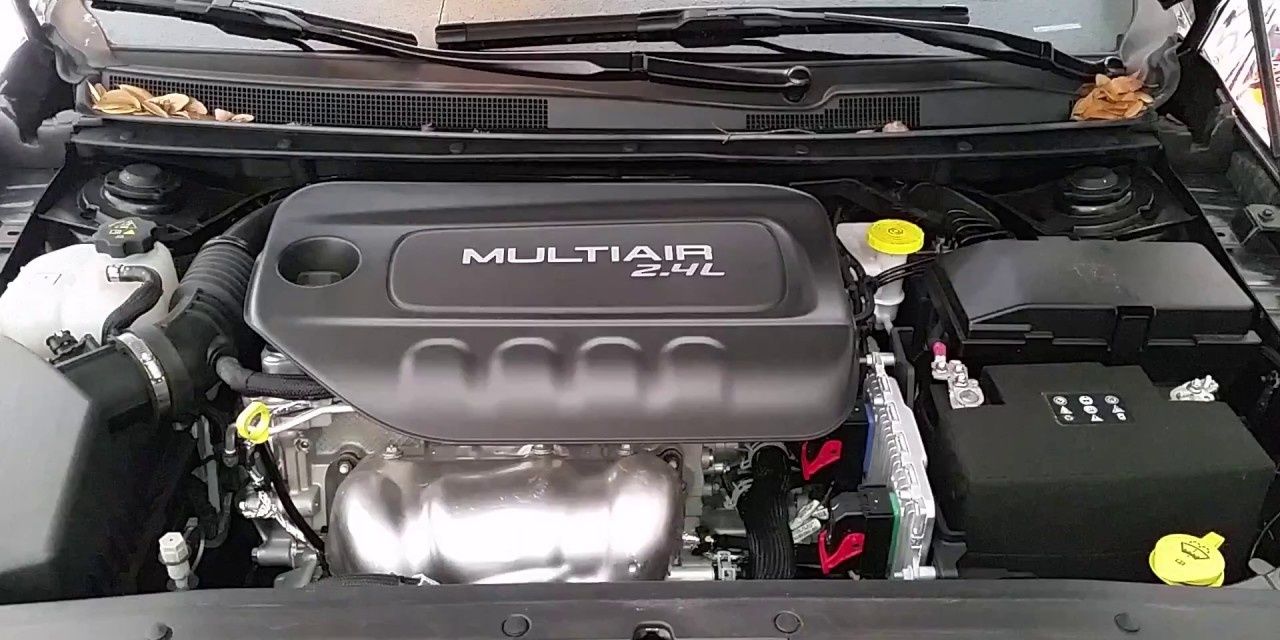Chrysler has made some really impressive engines in some of the most iconic cars, especially lately with the rebirth of muscle cars and the influx of direct injection and forced induction. However, like every carmaker, Chrysler has a checkered history of producing some engines that didn't make the grade of exemplary.
Unfortunately, because of Chrysler's frequent speed bumps in engine development, many motorists and car enthusiasts accuse them of making some of the worst cars ever. This cannot be true, but considering these engines as part of its track record, it's hard to refute.
10 LH 2.7-Liter
Kicking off this list will be the infamous 2.7-liter LH engine. Unfortunately, several design flaws plague this engine to give it its useless reputation. The engine has poor ventilation, which makes the crankcase overheat, and because there's insufficient oil capacity that heat has nowhere to go thus quickening the oil aging process. To top it off its water pump will leak coolant into the crankcase, inhibiting proper lubrication. All of these problems can lead to a required engine rebuild, which is neither cheap nor pleasant.
9 Early K Series
The Chrysler K series engines offer a bit of controversy. It started as an 84 horsepower four-cylinder with just two valves per cylinder. Later it had graduated into a 16 valve turbocharged 224 horsepower engine with dual overhead camshafts. Development started slow, but gained ground and ended up producing a fairly decent motor, earning it the moniker "Best and Worst engine of all time" from K series owners. While early versions are abysmal examples of auto engineering, they are easy to service and can last a while with proper care.
8 2.4 EDZ
The 2.4-liter inline-four that went into the Chrysler PT Cruiser had its own share of issues. Owners report leaking head gaskets relatively early in the engine's life, first at 28,000 miles, then 48,000, followed by rogue oil leaks. Other owners report having to replace spark plugs and EGR valves early into the engine's life as well. Thankfully later versions of the engine were redesigned to address the head gasket issues, no doubt after Chrysler realized how much money they were losing while satisfying warranties.
7 1978 440
The 440 was a powerhouse in its heyday, producing almost 400 horsepower in the late 1960s. It went into some of the most iconic muscle cars ever made, including the Plymouth Barracuda and Dodge Charger. Unfortunately, it was pummeled by the auto industry's changing of the guard into efficiency-focused vehicles like invading Hondas and Toyotas. The change from gross to net horsepower ratings, plus the two oil crises in the 1970s had beaten down the mighty 440 into a self-deprecating 255 horsepower by the end of its life in 1978.
6 Mopar 2.2 Turbo
The Mopar 2.2 had a naturally aspirated and turbocharged version, where the turbo got some negative attention. On the turbo version, the stock wastegate would stick open, and it could only be fixed by installing a new one. The bolts that attached the crankshaft pulley needed to be replaced which was an ordeal in and of itself. To top it off the turbo engine would idle at 200 degrees. Possibly one of its biggest flaws is that after the engine was shut off, the heat from the exhaust would heat the bearings and seals inside the turbo housing.
5 2.0 World Engine
Chrysler's World Gasoline Engine was devised in 2005 and is still being used today. These engines suffered from a debilitating issue circa 2008, wherein Jeeps they would suddenly shut off without warning. The driver would be rendered helpless, at the wheel of a car they couldn't control. The problem stayed prominent through what is thought to be the Jeep's worst the year of 2011, where the engine simply would not start even after refueling. Its tendency to cut off through turns may point to a problem with oil starvation.
4 3.7 V6 Powertech
Chrysler halted the 3.7 V6 Powertech in 2012. Several problems stemmed from valve seats, lifters, and piston rings. Valve seats could dislodge, causing the valve to not seat properly flush with the cylinder head and close off the cylinder. Reportedly running oil that is too thick will cause the lifters to become stuck, which causes misfires and loss of power. The 3.7-liter piston rings had a problem where they would produce excessive heat within the engine, and as Chrysler well knows overheated oil becomes sludge. This engine even has additional problems but the point is clear.
3 4.7 V8 Powertech
The 4.7 V8 design is nearly identical to the 3.7, except of course for the extra cylinders. Despite their similarities, the 4.7 has its own host of problems to help differentiate it. Namely, the 4.7 Powertech problems come from the engine's cooling system, head gasket, valve covers, and valve seats. Much like the LH 2.7, the 4.7 can overheat, but it does so with gusto. The 4.7 simply overheats easier than other engines. In addition to the same valve seat failure present in the 3.7, the 4.7 also suffers from valve cover gasket leaks.
2 2.4 Tigershark
Chrysler's Tigershark is part of the World Gasoline Engine family, and unfortunately is still being made. It uses a variable valve timing and lifts system called MultiAir that has its very own set of problems. To say nothing of oil consumption, the piston rings don't work with the cylinders as well as they should. Dirty oil will clog the MultiAir system, causing it to fail which is expensive to fix. While its problems don't mount quite as high as other engines on this list, it still requires more frequent oil changes than should be allowed and is reportedly noisy and rough.
1 Monster: Dodge Viper 8.4-liter V10
It must be said that one of the most awesome engines ever made in the history of cars lies under the hood of Chrysler's very own Dodge Viper. Its massive 8.4-liter V10 fury conjures 645 horsepower, delivering the car to 206 mph. The Viper was first released with its trademark 8.0-liter V10 which only made 400 horsepower at the time, but through its lifetime the engine has seen numerous improvements. It's all-aluminum, has been bored out to 8.4 liters, and is equipped with variable valve timing.

